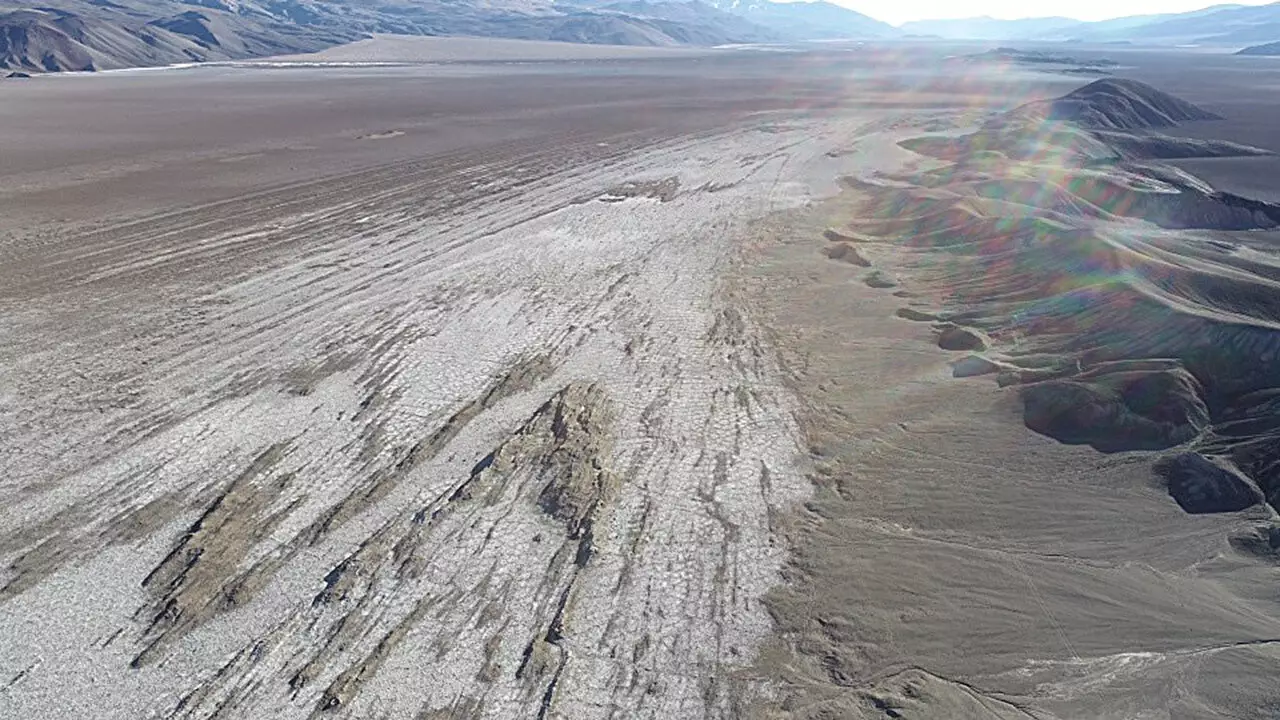The Andean Plateau, a breathtaking expanse in South America, stands as a titan among Earth’s geographical features, towering more than 4,000 meters above sea level. This immense plateau is not merely a flat expanse; it is a monument to the dynamic processes that shape our planet’s surface. The plateau was formed through orogenic uplift—an intricate interplay of tectonic forces—beginning over 20 million years ago. Understanding the genesis of such vast geological structures can illuminate not only the history of the Andes but also enhance our insights into mountain formation worldwide, including other notable regions like the Tibetan Plateau.
Cutting-Edge Research into Geological Evolution
New research published in the journal Tectonics by Rodrigo Quiroga and his team shines a light on the evolution of the Puna region of the Andean Plateau, offering fresh perspectives on how geological forces have sculpted this landscape over the past 24 million years. This groundbreaking study employs a blend of advanced techniques, integrating satellite imagery alongside uranium-lead dating of zircon minerals. Such innovative methods are indispensable when attempting to decode the complex history of Earth’s crust and its reaction to varying stress regimes.
Through the fascinating lens of forward modeling, the researchers could piece together the geological puzzle of the plateau, recreating the geometric shifts that occurred during various stages of deformation. This meticulous analysis is crucial as it highlights the non-linear evolution of the Plateau, defying simplistic explanations that often govern geological narratives.
The Stages of Uplift: A New Perspective
What is particularly compelling about this study is the identification of four distinct stages in the evolution of the Andes. The first stage is marked by east-west compression, a phase that catalyzes the formation of dramatic features. As the study progresses through the subsequent stages, a notable transition occurs, leading to a dominance of strike-slip movements. These transitional phases are integral for understanding how tectonic forces have orchestrated shifts in stress and deformation in the region.
This evolutionary narrative diverges significantly from previous theories that rely on a static interpretation of geological uplift. The authors of the study have drawn intriguing parallels between their findings and those observed in the Tibetan Plateau, suggesting that similarities in orogenic processes exist across vast distances. However, they temper this assertion by acknowledging that while the Tibetan region has reportedly reached critical stress levels leading to crustal thinning, the Andean Plateau exhibits no signs of such collapse—a tantalizing indication of its ongoing geological vitality.
Geological Stability and Its Implications
The absence of normal faulting on the Andean Plateau suggests a degree of stability that carries significant implications. Unlike its Tibetan counterpart, which is experiencing profound tectonic evolution, the Andean Plateau remains a pivotal reference point for understanding mountain formation and the intricate balances of stress that dictate crustal behavior. Continuous geological activity in the Andes may provide clues about future changes in other mountain ranges worldwide, making the findings of this research particularly relevant.
As we delve deeper into the mysteries of our planet’s crust, studies like this one illuminate pathways for further exploration. The lessons learned from the Andean Plateau resonate beyond geographical confines, beckoning researchers to apply these insights globally, potentially reshaping our comprehension of tectonic processes on a grand scale.

